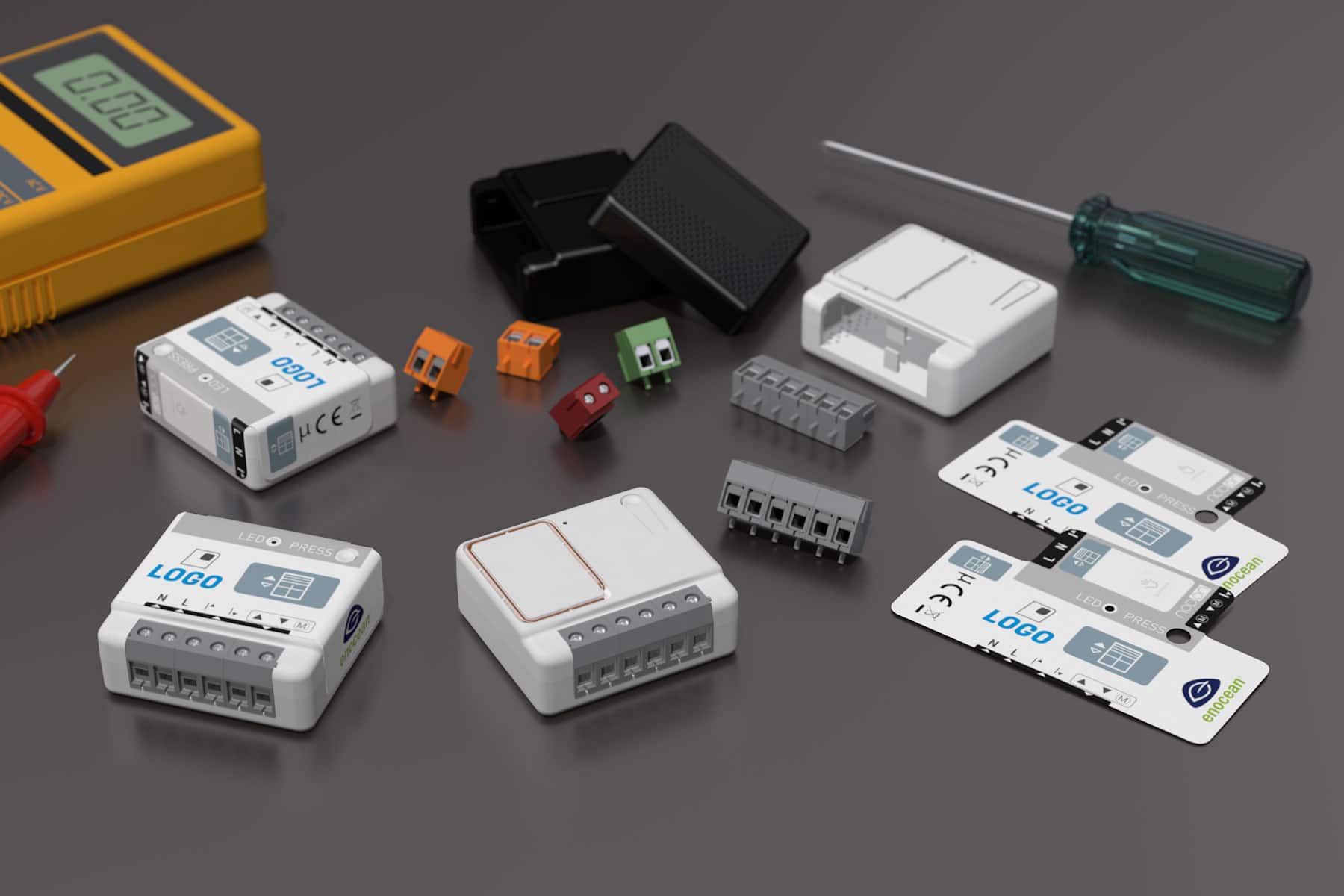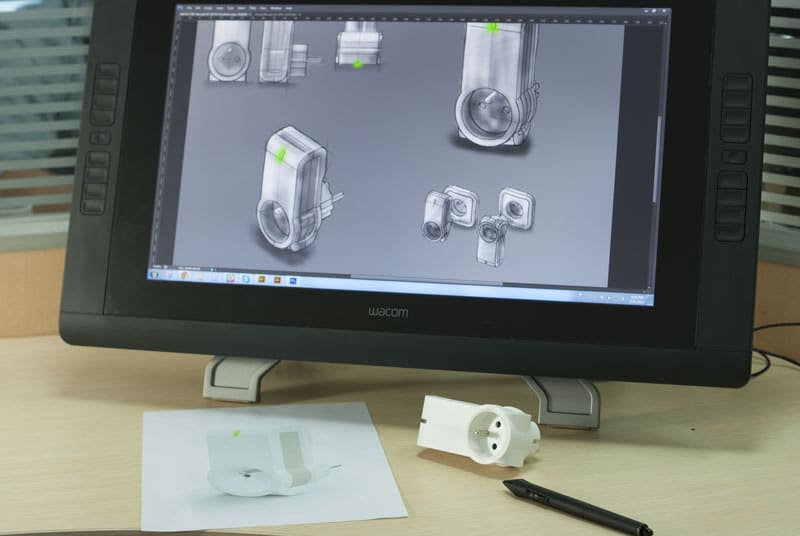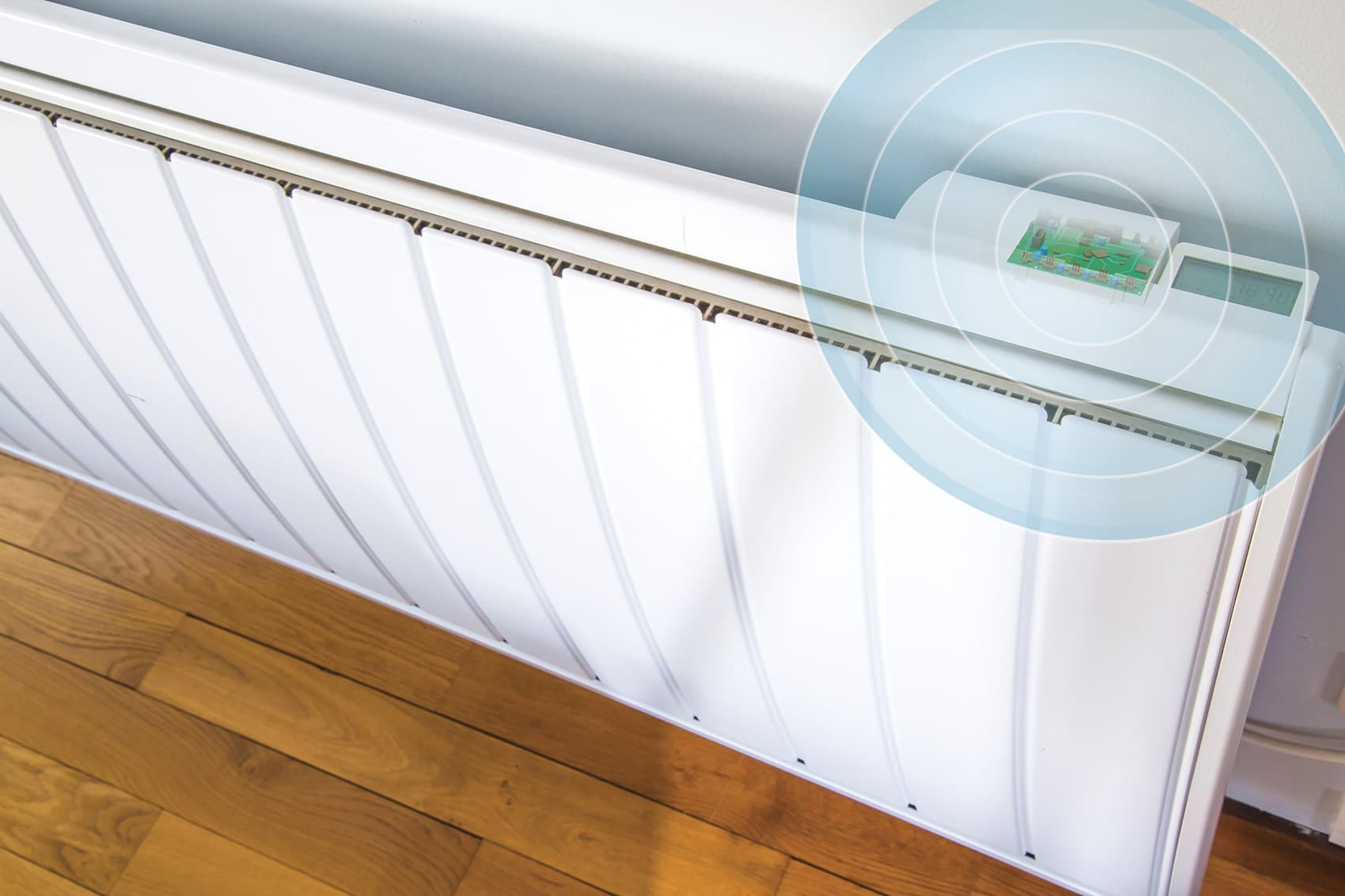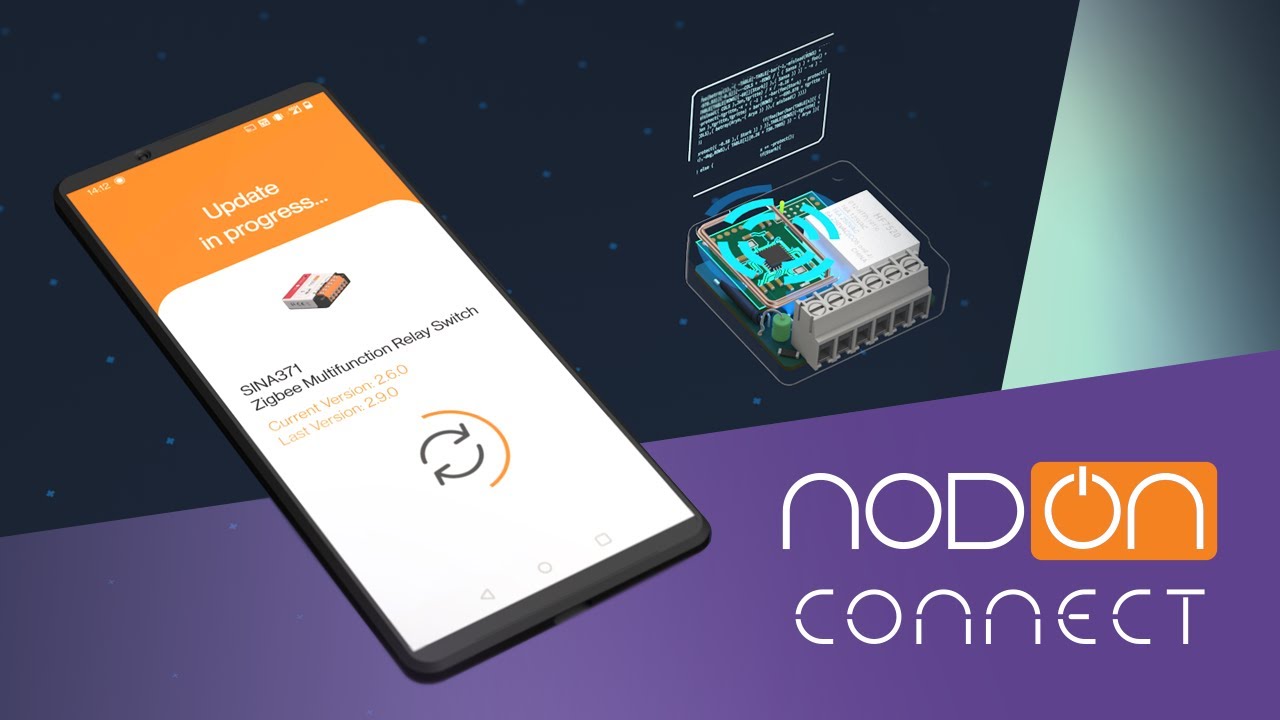Interoperability is a known issue for IoT players. This is reinforced by the proliferation of connected objects that do not communicate with each other and gateways that cannot interpret the data from all sensors. The different protocols (EnOcean, Zigbee, Z-Wave, Bluetooth, Wi-Fi, etc.) do not speak to each other and this can create installation and operating difficulties within the same home/building.
What is interoperability?
Concretely, interoperability refers to systems capable of adapting and collaborating with other independent systems, in order to create a network and facilitate the transfer of data.
The concept of interoperability is divided into 3 layers:
There physical layer represents the frequency band (433 MHz, 868 MHz, 2.4 GHz), modulation type and encoding type.
→ If we make the analogy with the human body, it would be the vocal cords
There transport layer defines packet sizes, error handling mechanisms, message routing in the network.
→ The word
There application layer /datamodel represents the content of messages and their meaning.
→ The language (French, English etc.)
Concretely:
If we are looking for total interoperability, interoperability must be achieved on these 3 layers.
If we have a common data model, we can preserve the format of the data throughout the journey (the message between product A and product B).
On the other hand, if the physical layers are different, it will be necessary to add gateways to move from one world to another.
At NodOn, the objective is to have total interoperability on the 3 layers in order to be able to act from one product to another: use the same frequency band, use the same transport layer and use the same data model.
If we have this interoperability on the 3 layers, we will limit the need for gateways as much as possible.
What about existing protocols?
Today, 3 protocols guarantee total interoperability: Zigbee , Z-Wave And EnOcean .
These 3 protocols each offer a standardized physical layer, transport layer and data model.
Example of Zigbee 3.0: when a switch tells a light bulb to turn on, it always says it the same way, so that regardless of the brand or manufacturer, it is understood the same way. Zigbee uses in particular an 802.15.4 transport layer which is very standardized.
Thread is an interoperable protocol on layers 1 and 2. The transport layer is standardized (802.15.4) and based on IP. This makes its transport interoperability interesting because IP infrastructures are widely deployed on the market. There is no data model on Thread.
THE Bluetooth offers a standard physical layer (2.4 GHz), a transport layer standardized by Bluetooth SIG. There is no data model on Bluetooth yet but there is one under construction: Bluetooth Mesh.
Wi-Fi is very standardized on the physical layer and the transport layer. On the other hand, there is no defined data model.

Matter to solve the interoperability problem?
The new protocol Matter has a vocation of total interoperability. The data model will be relatively similar to that of Zigbee. The transport layers will be IP based.
The big subtlety is to use Bluetooth for everything that is provisioning and commissioning (pairing, onboarding devices in a network, etc.).
Matter's promise is to simplify the user experience.






Leave a comment
This site is protected by hCaptcha and the hCaptcha Privacy Policy and Terms of Service apply.